If you want to perform your best in BJJ your training needs to go beyond drills and rolls. Strength training for BJJ can give you an advantage over your opponent and is a great way to improve your Jiu Jitsu overall.
By supporting the muscles needed to train efficiently and effectively you will both have a leg up on your opponent and reduce your chances of injury. But, where should your strength training journey begin? We breakdown the exercises that will maximize your gains – on the mat!
How Strong Do You Need To Be For Jiu Jitsu?
We’ve all heard how a weaker person with good technique should out-perform a stronger person with poor technique. However, if you’re fighting someone at your skill level, the stronger person generally wins. If you don’t believe this is true, try competing in a weight class higher than your own at the next tournament!
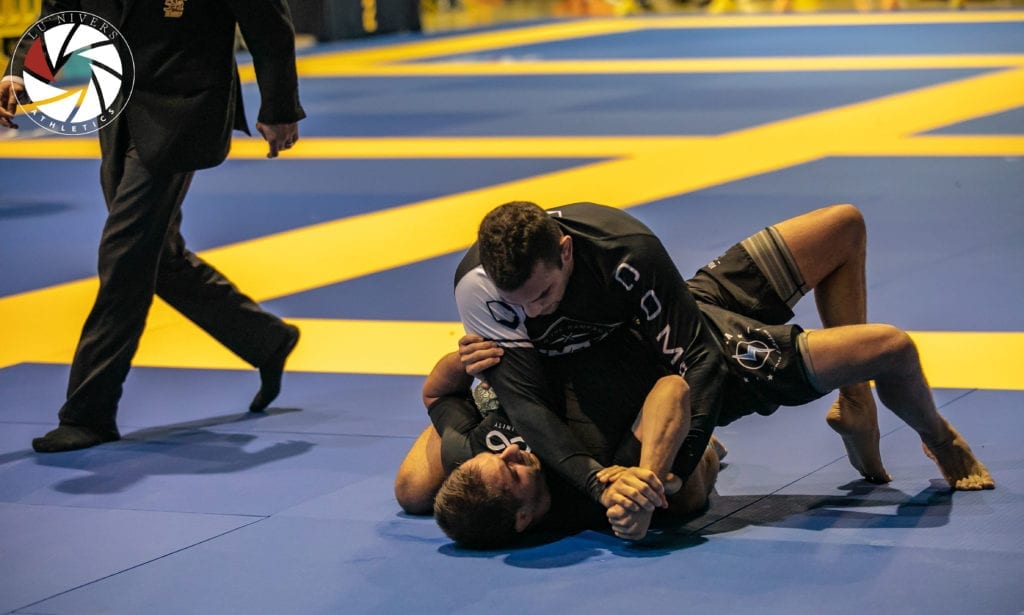
Image Credit to www.luniversproduction.com/Strength training for BJJ gives you an advantage over an opponent of the same skill level and size, as well as the strength needed to escape bad situations with bigger opponents.
When it comes to Jiu Jitsu, increasing upper body strength will aid explosive movements, like escapes from side control. Additionally, upper body strength is fundamental for nearly all BJJ moves in terms of grip, leverage, and push/pull factors.
Lower body strength is useful for guards, sweeps, and takedowns but, as legs are generally already stronger than the rest of the body, most of the exercises we’ll focus on are for the upper body. We are not advocating you neglect lower body strength, but you’ll see the most returns on your exercise investment from upper body work.
The Best Strength Training Exercises For BJJ
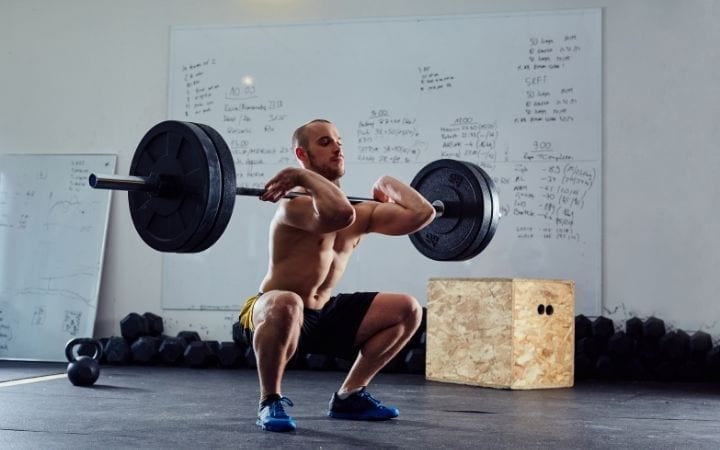
Power Lifts
Power lifts help support explosive moves such as escapes, arm drags, and takedowns. The following are some basic exercises that will give you that extra power advantage.
Bench Press
The bench press works the chest, back, and arms, and is perfect for framing against your opponent in positions like side control or mount.
- Lie on the bench and grip the bar with your hands slightly more than shoulder-width apart.
- As you bring the bar towards your chest, breathe in.
- Breathe out as you push away from your chest.
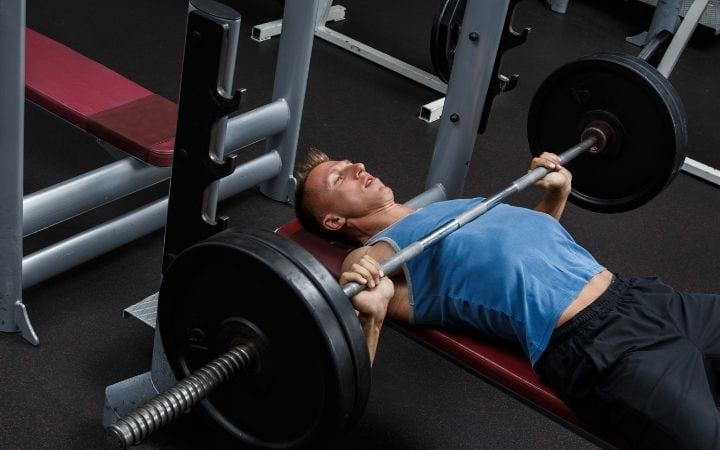
Squats
Squats work your legs, glutes, and back, and strengthen the lower body for takedowns, sweeps, and guard control.
When executing a squat, stand with your feet hip-width apart. If using a dumbbell or a kettlebell, hold it in front of your chest. If using a barbell, hold it either on your shoulders or in front of your chest.
Bend your knees. Make sure your hips stay back, and your knees don’t protrude in front of your ankles. Straighten your legs out to complete one rep and repeat.
Deadlifts
Deadlifts work your legs, hips, glutes, abs, and arm muscles needed for bridges, hip escapes, takedowns, and guard retention.
To perform a deadlift:
- Stand with your feet shoulder-width apart.
- Grip the bar slightly wider than shoulder-width.
- As you lift, keep your back straight and thrust forward with your hips.
To avoid bending backward, make sure you rise up with a straight posture.
Pull-ups
Pull-ups are excellent for grip training and work the back, arms, and shoulder muscles needed for nearly all BJJ moves. Along with traditional pull ups, the following variations can help improve your game:
Kipping Pull-ups
Kipping pull-ups are great for beginners because they give you the momentum to do more reps.
- Start with an overhand grip on the pull-up bar and your legs behind you.
- Swing your legs forward as you pull yourself up on the bar.
- Maintain momentum to continue reps.
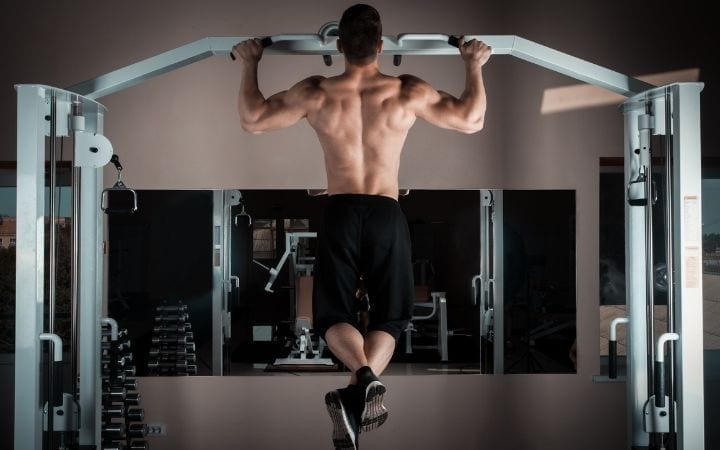
Pull-ups With A Gi
Pull-ups with a gi are a great way to build up grip strength. They are tougher than standard pull-ups and build BJJ specific grip strength.
Drape a gi over your bar and grip each side of the lapel with your hands. Pull yourself up as many times as you can.
Kettlebells
Kettlebells give a total body workout, which improves strength, endurance, balance, and coordination. Kettlebells can be used to increase strength for any BJJ move.
Swings
Kettlebell swings work your legs, hips, core, shoulders, back, and glutes. Start kettlebell swings with the kettlebell in a low position. Bend your knees while keeping your body weight back.
Push your feet into the floor and move your hips forward while extending your arms in front of you, bringing the kettlebell to chest level. Don’t lean backward. Keep your core engaged.
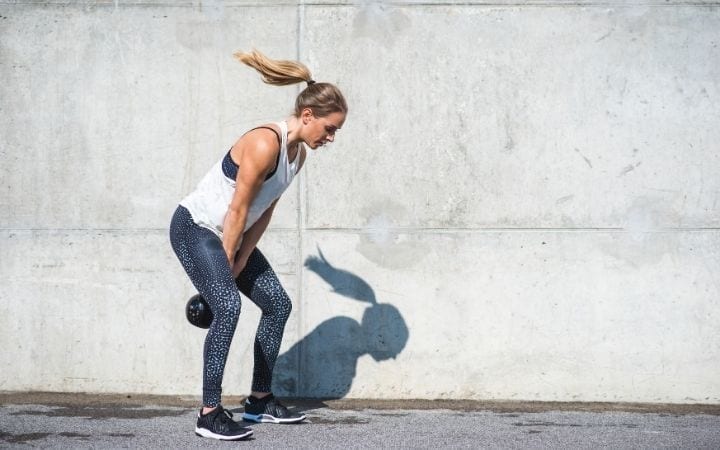
Rows
Kettlebell rows work your arms, back, and core. One of the most basic is the bent-over row. I like to perform this workout with my legs in a split stance, but you can also use a squat position.
Lean forward with a flat back, and engage your core at all times. Pull the kettlebell in a rowing motion.
Push press
The push press works your shoulders, arms, chest, abs, hips, legs, and glutes. Lift the kettlebell to your shoulder with your palm up. Start with bent knees.
Straighten your legs and push the kettlebell overhead. Bring the kettlebell back down to your shoulder, and bend your knees again slightly.
Turkish Get-up
This seemingly simple movement is essentially a full body workout. The motion closely resembles the technical standup and will aid you in everything from side-control escapes to x-guard sweeps.
To Perform a Turkish Get-up
- Lay and on your side and hold the kettlebell
- Roll to your back while pressing the kettlebell to the sky
- Continue your roll, posting on the opposite elbow
- The leg opposite your post should be bent knee, with your foot firmly on the ground
- The leg on your free arm’s side should be straight
- Lift your hips off the ground and sweep your straight leg behind you
- Windshield your back leg out until you are in a lunge position
- Stand from your lunge, keeping the kettlebell pressed in up in extension
- Repeat these steps in reverse, returning to your original position
Putting Together A Plan
Some strength training routines are better for grapplers than others. One of the best routines for BJJ is the conjugate method, which utilizes the three fundamental exercises: the bench press, deadlift, and squat. This method allows you to train specific muscle groups repeatedly to build strength and endurance.
The conjugate method uses maximum and dynamic effort of the upper and lower body, with four workout sessions a week. Maximum effort movements use heavy weights, up to 90% of your one-rep max (1rm), with low reps (usually 1-3 reps max). Dynamic movements use lower weights, around 50% of your 1rm, with higher reps (usually two sets of eight reps).
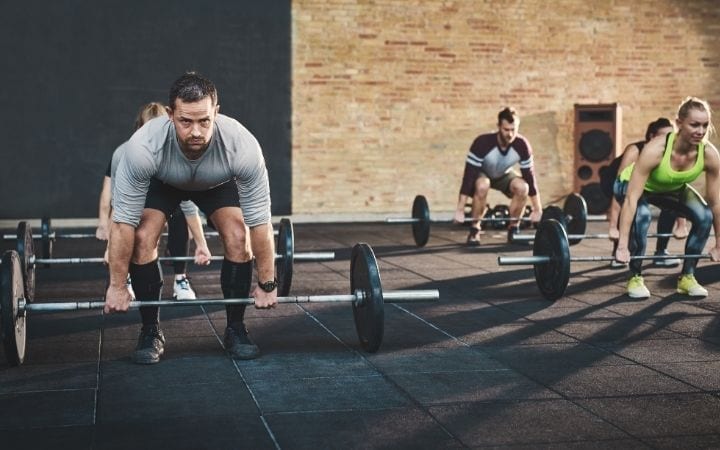
A week on the conjugate method could look like this:
Monday: Maximum effort, lower body (Squat and deadlift exercises)
Wednesday: Maximum effort, upper body (bench press exercises)
Friday: Dynamic effort, lower body
Sunday: Dynamic effort, upper body.
CrossFit is also prevalently used for strength training. However, it involves workouts of the day (WODs), which are not optimal for supplementing BJJ conditioning.
CrossFit WODs perform movements as quickly as possible, pushing your heart rate to the max, which can cause fatigue and may make it hard to give your best performance at BJJ. CrossFit WODs are also too random to build the muscular endurance that BJJ practitioners need to perform their best during long, hard rolls or competitions.
A Few Words On Periodization
If your hobby is BJJ then your strength routine shouldn’t supersede mat time nor should it exhaust you to the point that you can’t train. So it’s a good idea to plan out your training days for strength and BJJ.
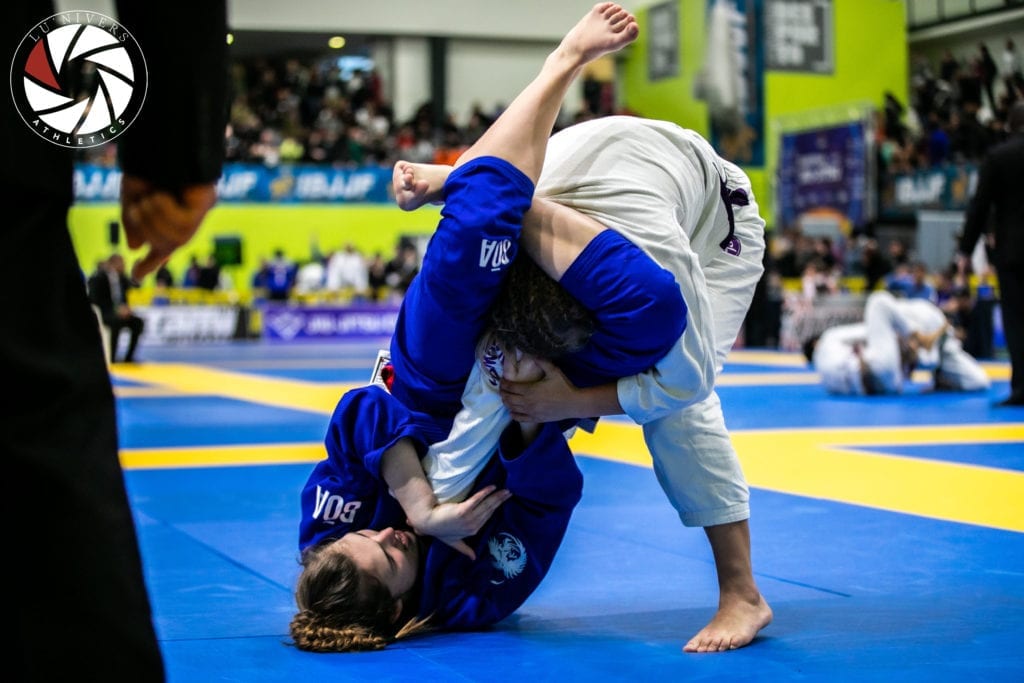
Be sure to include rest days. Don’t put yourself in the situation where you’re under a heavy partner and have no strength left to escape.
I like to have one or two rest days per week, and since I train Jiu Jitsu about five days a week, I include my kettlebell workouts on my training days. But for someone who trains two to three days a week, it might work better to set your strength routine on days separate from BJJ training.
Summary
A good strength training routine will absolutely improve your BJJ game. Find one that suits your lifestyle, and schedule your supplemental training so as not to interfere with BJJ. After all, elevating your Jiu Jitsu performance is the reason for conditioning outside of your gym in the first place!
Kimberly is a Jiu Jitsu purple belt who also holds a black belt in Siljun Dobup Korean Sword Arts. When she’s not on the mats, she enjoys immersing herself in nature or a good book. She trains in New Jersey with her 9-year-old son.

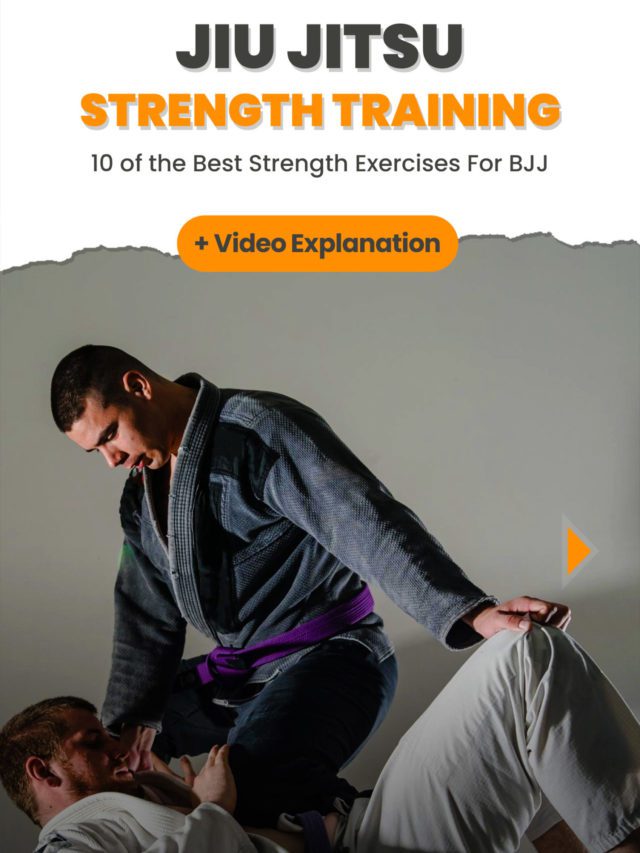
5
0.5